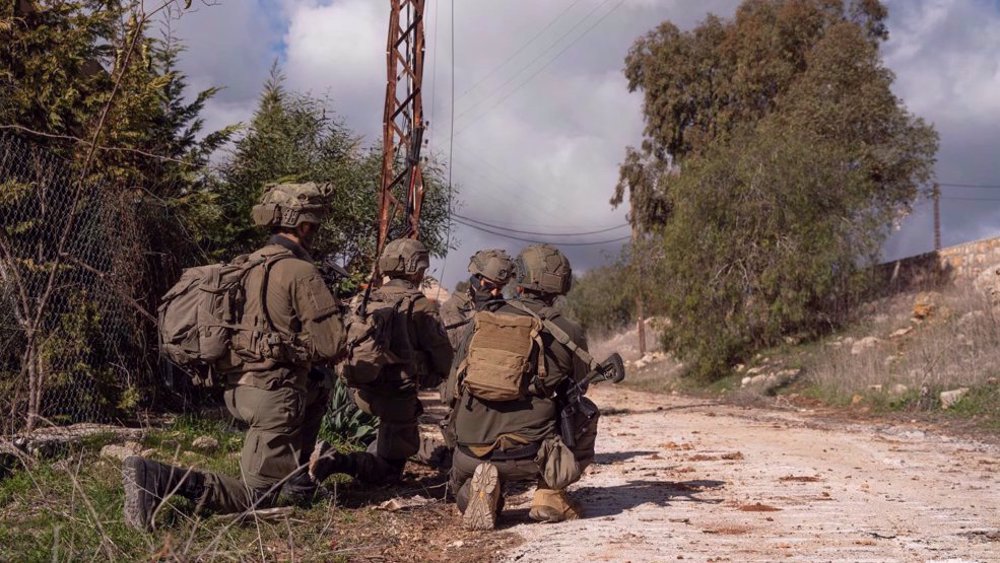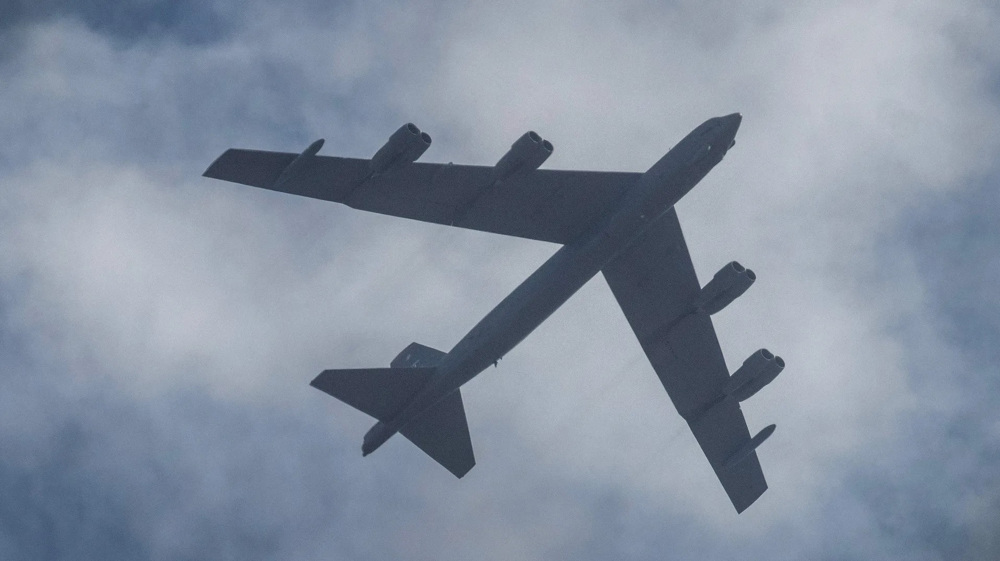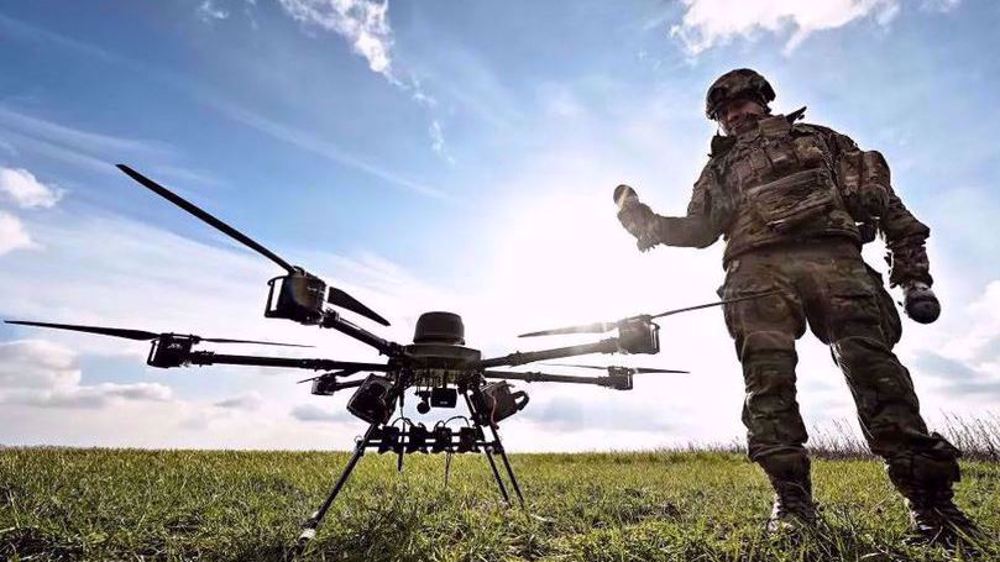Satellite imagery reveals secret US drone base in Africa
Satellite imagery has revealed the secret expansion of a US drone base in the African country of Djibouti, according to a new report.
Satellite images available on the online mapping service, Google Earth, along with US Defense Department documents show that the Pentagon has turned Chabelley Airfield in Djibouti into a hive of high-tech military equipment, the Intercept reported on Thursday.
The airport is an isolated airstrip located some 6 miles (9.5km) to the southwest of Djibouti City, the capital of the country.
In satellite images from several years ago, the airport resembles a strip of tarmac in the middle of a vast desert.
Today, however, the pictures reveal what seems to be a collection of clamshell hangars, satellite dishes, and unmanned planes that the US has deployed there as part of its secret expansion plan.



One document by the Pentagon which dates back to June, shows that US military officials have asked the US House of Representatives for the appropriation of a $7.6 million funding in order to “construct perimeter boundary” at the site.
This is while the US military has always remained tight-lipped about Chabelley, refusing to mention it on its public list of overseas bases and evading questions about its existence.
Chabelley Airfield allows US drones to cover Yemen, southwest Saudi Arabia, a large part of Somalia, and parts of Ethiopia and southern Egypt, according to Tim Brown, a senior fellow at GlobalSecurity.org and an expert on analyzing satellite imagery.
“This base is now very important because it’s a major hub for most drone operations in northwest Africa,” Brown said.
The expansion of Chabelley and its rise in importance to the US military began in 2013, when the Pentagon moved a fleet of remotely controlled aircraft from its only acknowledged “major military facility” in Africa, Camp Lemonnier, which is also located in Djibouti, to this lower-profile airstrip.
Lemonnier has also been dramatically expanded since it was built in 2001. The number of personnel stationed there, for example, has jumped from 900 to 5,000 since 2002.
It has expanded from 88 acres to nearly 600 acres in size. Lemonnier was so crucial to US military operations that, in 2014, the Pentagon signed a $70 million per year agreement to extend its lease through 2044.
In February 2013 the Pentagon asked Congress to quickly supply funds for “minimal facilities necessary to enable temporary operations” at Chabelley.
Official documents obtained by the Washington Post at the time noted that “the construction is not being carried out at a military installation where the United States is reasonably expected to have a long-term presence.”
Despite the alleged temporary nature of the Chabelley site, however, the US inked a “long-term implementing arrangement” with the Djiboutian government to establish Chabelley as an “enduring” base, according to documents provided earlier this year by the Pentagon.
The new revelation comes shortly after a trove of leaked documents revealed a global assassination program that the US has been running using its drones.
The documents, leaked by a security whistleblower dubbed the “New Snowden” in media, described the mechanism of targeting suspects slated for assassination and detailed Washington's measures to hide the extent of civilian casualties resulting from its drone strikes in countries like Yemen and Somalia.

US, France want mercenaries deployed in south Lebanon: Report

US bombers fly over Mediterranean Sea as delivery of heavy bombs to Israel announced

Leaked documents reveal US strategies to prolong Russia-Ukraine war
Multiple bus explosions rock Tel Aviv, instilling fear in settlers and bringing city to halt
Islamic Jihad chief: Victories in Palestine, Lebanon indebted to Iran
Spain remains 'major transit port' for arms shipments to Israel
VIDEO | Back in coffins: Four Israeli captives released in Gaza
Iran raps Grossi's 'political' remarks serving pretext to pressure Tehran
VIDEO | Promoting and preserving the Persian language: A crucial endeavor
President: Mexico won’t accept US ‘invasion’ in fight against cartels
Lebanese return to flattened homes after incomplete Israeli pullout







 This makes it easy to access the Press TV website
This makes it easy to access the Press TV website